(ed.note: Introducing our new contributor, Robert McKeon Aloe, one of the new voices in coffee science making himself heard through social media and a popular Medium account. We are pleased to feature occasional articles by Robert on the science and evaluation of coffee and espresso, going forward. Robert already has a book published on coffee science, and is coming out with a new book on espresso science, available via Kickstarter. This is Robert’s introductory post to our readership.)
In the past few years, I have dived deep into coffee, and this has been an application of my professional skills to coffee. I became an engineer as typical in my family, but I pursued a Ph.D. because I wanted to get into research. I choose image processing because it was an emerging field with endless hard problems. Each area had so many variables, one did not know where to start.
I did a lot of work in face recognition where I did every part of the process including design of experience, data collection, data validation, algorithm research, production code, and end user experience. Many of these explorations started with small experiments that scaled up to isolate variables, and over the years, my expertise grew from image processing to include computer vision, biometrics, machine learning, and data science.
My introduction into coffee was in high school while living in Paris. I didn’t want to spend money, and a shot of espresso was cheap. It turned out to be packed with flavor and mouthfeel. The seed was planted, and when I was reintroduced to espresso by my wife’s family, the passion began to grow.
As fate would have it, I bought the best vintage lever machine (the Kim Express) at an estate sale for $36. With little information available, I experimented and occasionally hit gold. I was confident at what I could do, but the skills didn’t transfer well to la Pavoni. So I started collected data with the short term aim to improve my Pavoni shots. Five years later, I have logged data on more than 3,000 shot of espresso.
Eventually, I discovered the staccato shot (sifted, layered shot preparation), and I started to regularly publish my experiments and research. After three years, I successfully self-published a book called Engineering Better Espresso, which summarized a lot of my learnings by how to make good, better, and best espresso.
Coffee has very much been similar to my chosen profession in how many variables exist, but data is not frequently published in the coffee field. The use of data, especially refractometry, has been new to the whole field in the past decade as the cost has dropped. I hope to see more people effectively use data, but the challenge still comes back to separating variables.
Over the last two years, I have advanced greatly in consistent, high efficiency espresso. High efficiency means high extraction in less volume as I am able to hit 22% extraction yield in a 1:1 shot ratio. As a result, I’m coming out with another book called Advanced Espresso to discuss the bigger picture of my understand of espresso.
Here is my setup for testing and evaluating espresso, in all its messy glory, including the Kim Express, a Descent espresso machine, and a Meticulous espresso machine and various grinders. This changes all the time.


My next article for CoffeeGeek is going to be on separating heat and water. Both are so intertwined when discussing espresso percolation, but I wanted to separate them out from each other see their different effects on the process. Look for it soon!

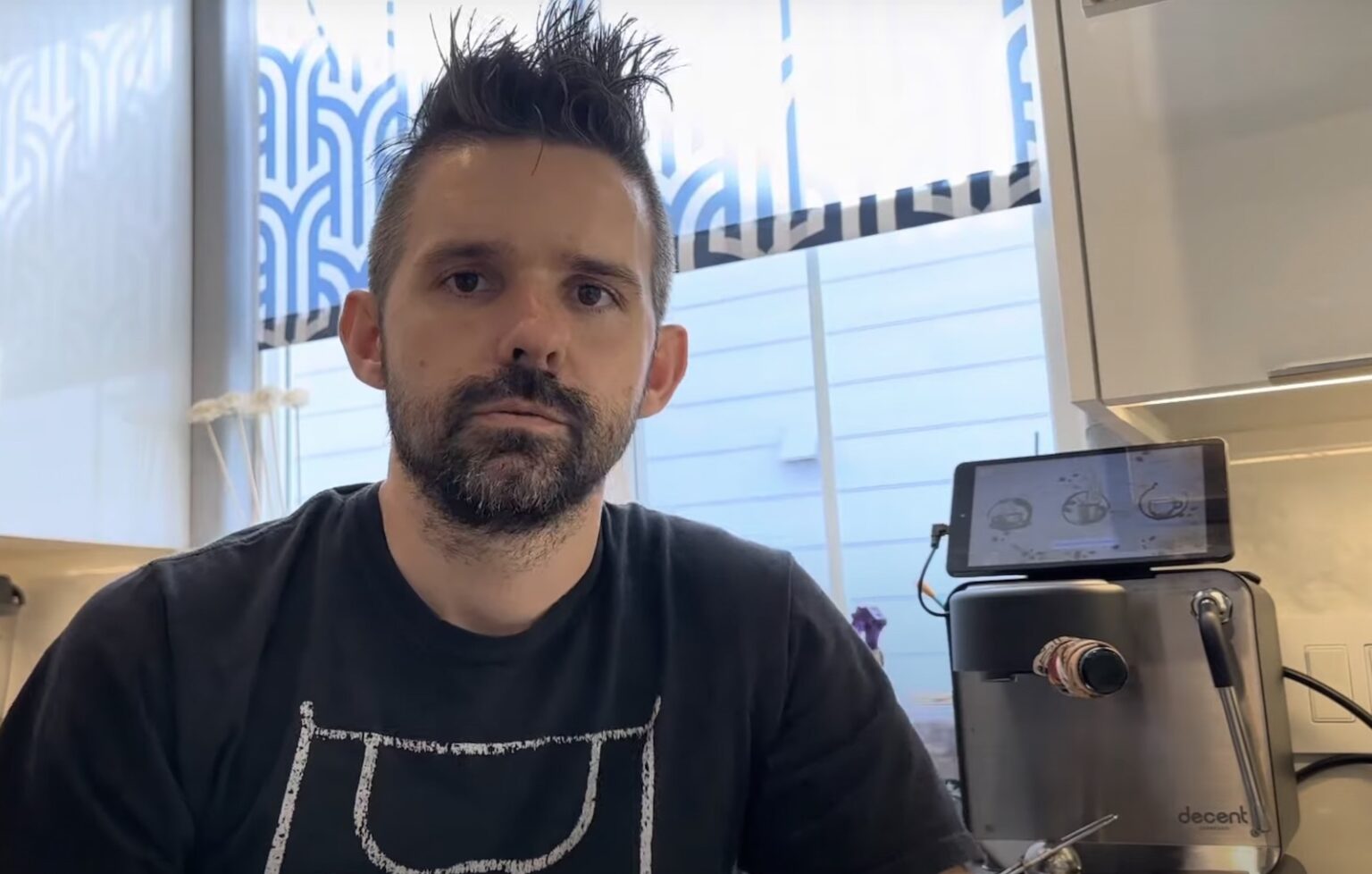
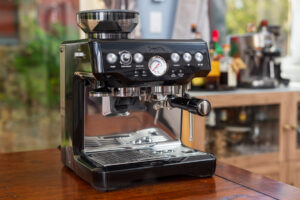
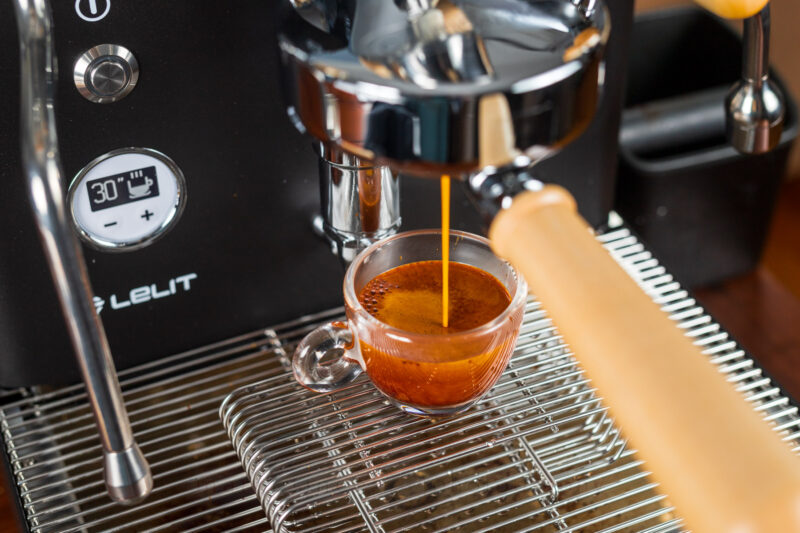
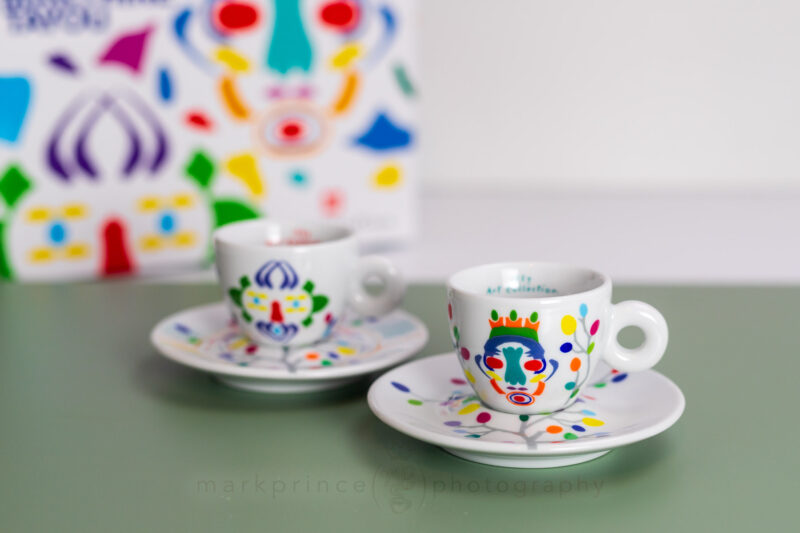
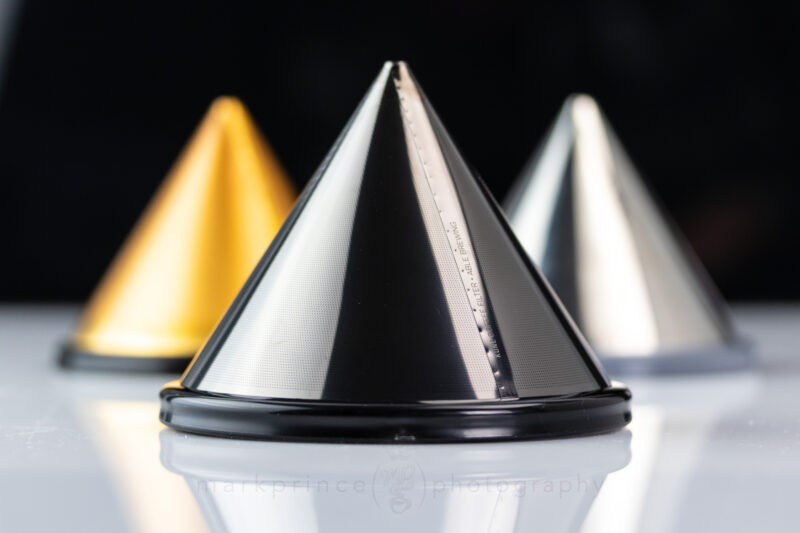
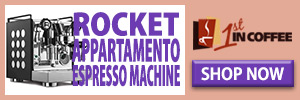



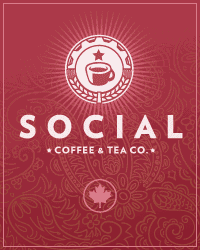



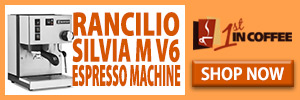






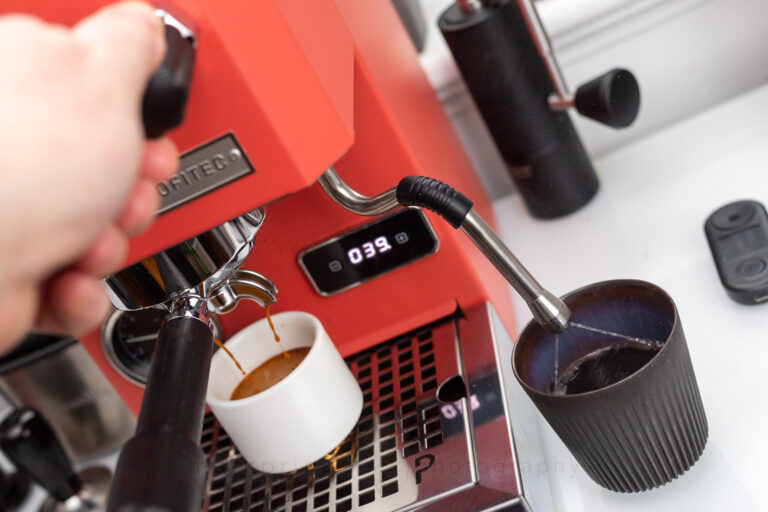
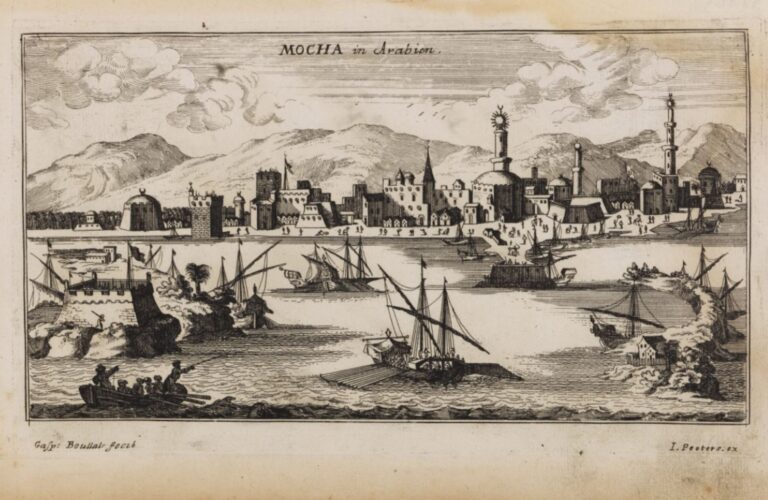
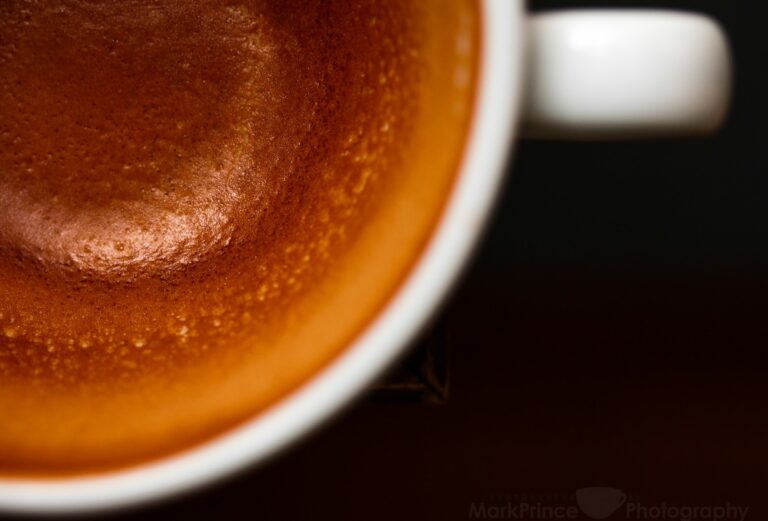










One Response
Oh, I covet that yellow Kim!
Looking forward to your first article on coffeegeek.com. The minutiae of espresso science are fascinating to me.